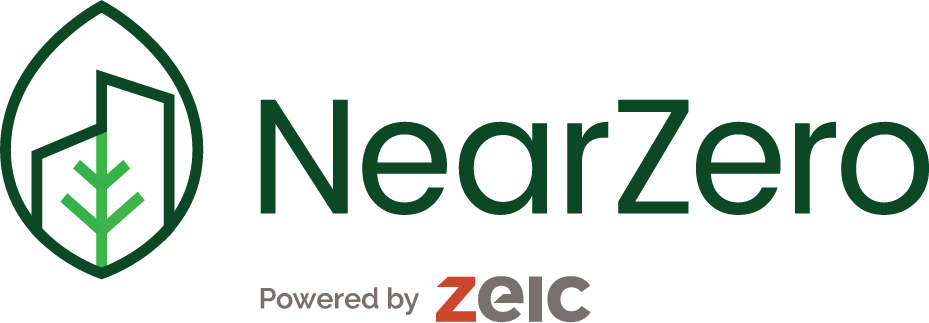An applied research project for low-rise homes that minimize embodied emissions.
Are you building a home or Part 9 development in Vancouver? We want to hear about your experience designing and building in a way that reduces embodied carbon. Designers, builders, consultants, developers and homeowners are all eligible to apply, and could earn up to $70,000 for their project.
About
*Please note this program closes Nov 2025*
10% of all BC’s annual emissions are associated with the embodied carbon of buildings. That’s the extraction, manufacture, and transport of building components, as well as the construction of the building.
The City of Vancouver have introduced progressive and stringent regulations for operational emissions, and energy efficiency of new homes, however embodied carbon equivalents are currently in their infancy and as yet only apply to Part 3 buildings.
As part of meeting the City’s Climate Emergency Action Plan, ZEBx and the City of Vancouver are initiating this applied research project on low-rise homes built to low embodied carbon (LEC) standards.
Project Goals:
- Identify existing solutions that can be implemented today, for little or no cost premium;
- Identify materials with high embodied carbon that can be replaced with low carbon equivalents and understand barriers to uptake;
- Catalyze, inspire and accelerate understanding relating to construction of low embodied carbon homes;
- Understand where education is needed for widespread adoption of low embodied carbon homes
The embodied carbon of a home can be reduced by choosing low carbon materials, or by making design choices that reduce the materials used in it. Some materials have more carbon than others. Concrete and XPS for example have large carbon footprints, but bio-based materials can have low or negative carbon footprints. Reusing existing buildings or parts of buildings can reduce the embodied carbon of your home even further.
A recent study by the City of Vancouver and Builders for Climate Action found that the average embodied carbon of a home built in Vancouver is 200 kg CO2 e/m2. Some homes have almost double this, and some much lower.
In this research program, applicants will receive financial support to their project if it achieves an embodied carbon lower than this baseline. In return for the financial support, applicants need to provide information about how they achieved their embodied carbon reductions and what challenges they met along the way.
Applicants will assess the embodied carbon of their home using the Builders for Climate Action BEAM Tool, and free training will be provided to all applicants.
The City of Vancouver is committed to advancing reconciliation, equity, and anti-racism for all people in Vancouver and to fulfill these commitments, this program will prioritize applications from the following self-reporting groups: Black, indigenous or persons of colour; LGBTQ2S+ community; and women.
Translation of documents is available upon request.
Compensation*
| Embodied Carbon Reduction | Embodied Carbon Intensity | Standard Compensation | 2 - 4 plex | 5 - 8 plex | ≥ 9 plex |
|---|---|---|---|---|---|
| 30 - 39% | 121-140 kgCO2e/m2 | $5,000 | $10,000 | $20,000 | $35,000 |
| 40 - 49% | 101-120 kgCO2e/m2 | $15,000 | $20,000 | $30,000 | $45,000 |
| 50 - 59% | 81 - 100 kgCO2e/m2 | $20,000 | $25,000 | $35,000 | $50,000 |
| 60 - 69% | 61 - 80 kgCO2e/m2 | $25,000 | $30,000 | $40,000 | $55,000 |
| 70 - 79% | 41 - 60 kgCO2e/m2 | $30,000 | $35,000 | $45,000 | $60,000 |
| 80%+ | ≤40 kgCO2e/m2 | $40,000 | $45,000 | $55,000 | $70,000 |
Applicants are required to complete two BEAM calculations and two questionnaires before receiving the compensation payments. The first calculation and questionnaire are required after the design is finalized and the building permit approved. This will establish the embodied carbon reduction and the corresponding compensation amount. The second calculation and questionnaire are required once construction is substantially complete. This may result in an adjustment to the total payment if the BEAM calculation determines that the embodied carbon reductions were more or less than the established value
*Compensation shown is the maximum amount available. Funds will be deployed on a first come, first served basis; if funding is low, you will be compensated as much as is available.
Eligibility Criteria
Before applying, please confirm that you meet all of the eligibility requirements outlined below:
- The property must be located in the City of Vancouver
- The building must be a Part 9 building as determined by the City of Vancouver’s Permitting Department, including single and multi-family homes, townhouse complexes, laneways and multi-unit residential buildings
- The project must be within design or construction phase, and will only be accepted up until completion of foundations
- The building must satisfy the City’s energy and emissions requirements in effect since Jan 1, 2022
This research program has a strict capacity limit, where necessary, preference will be given for the following:
- Projects with completed Issued for Construction drawings
- Rental or affordable housing projects
- First time applicants to the NearZero stream
Application Process
- Step 1 - Design your low carbon home
- Step 2 - Check your eligibility and register your project
- Step 3 - Attend the free BEAM training session, and calculator the embodied carbon of your home
- Step 4 - Complete and submit your questionnaires
*Please note this program closes Nov 2025*
If further assistance is needed with completing questionnaires please contact:
nearzero@zeic.ca with the subject line NearZero EE
Project brought to you by:
Website by Techniz.io



